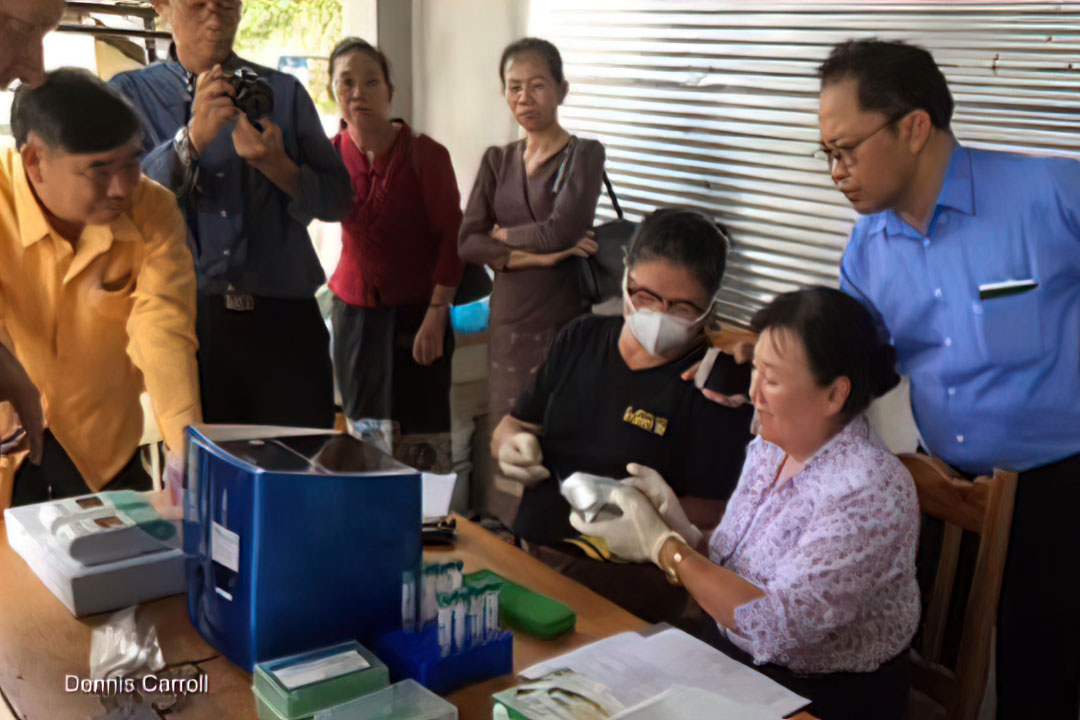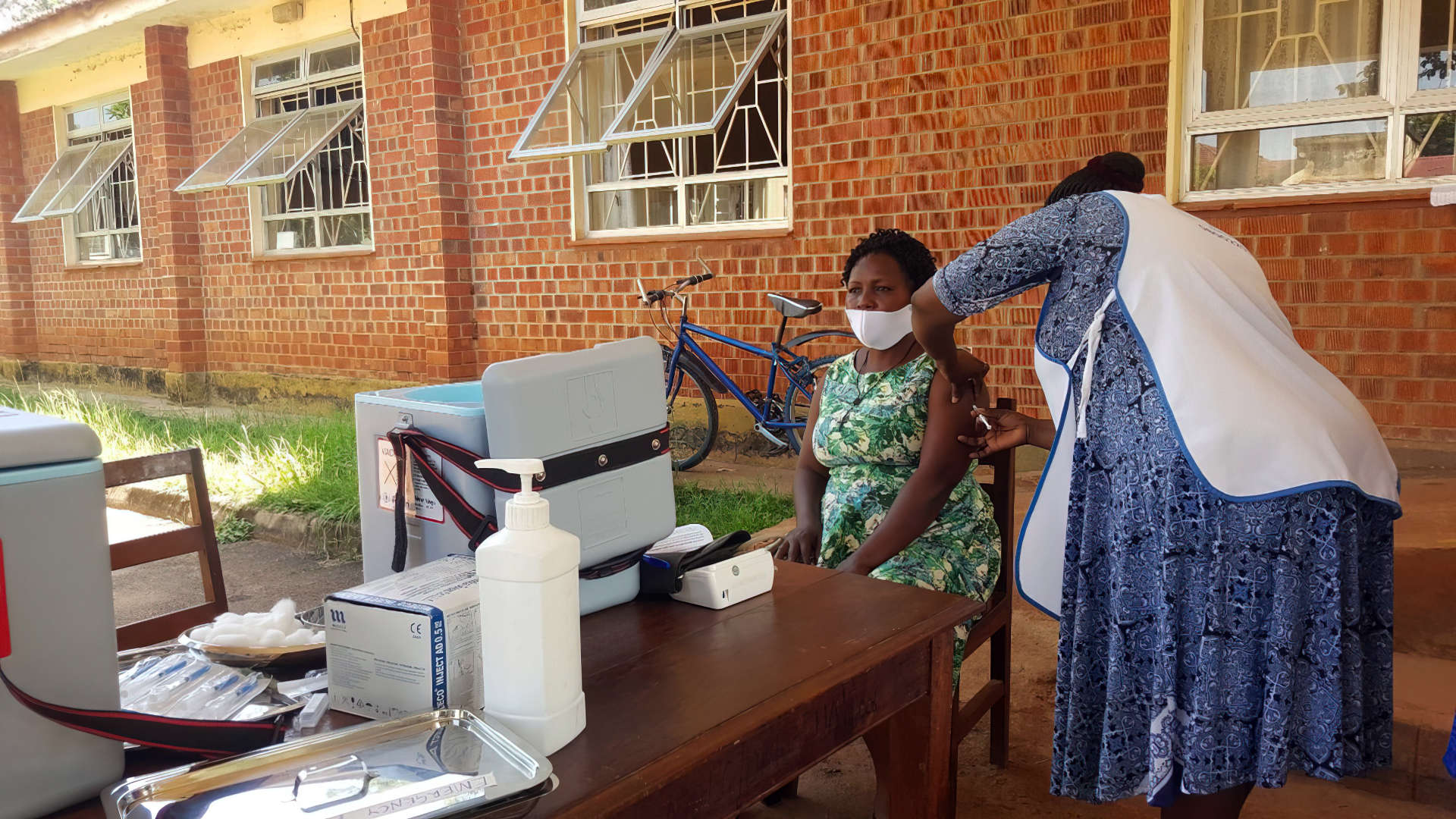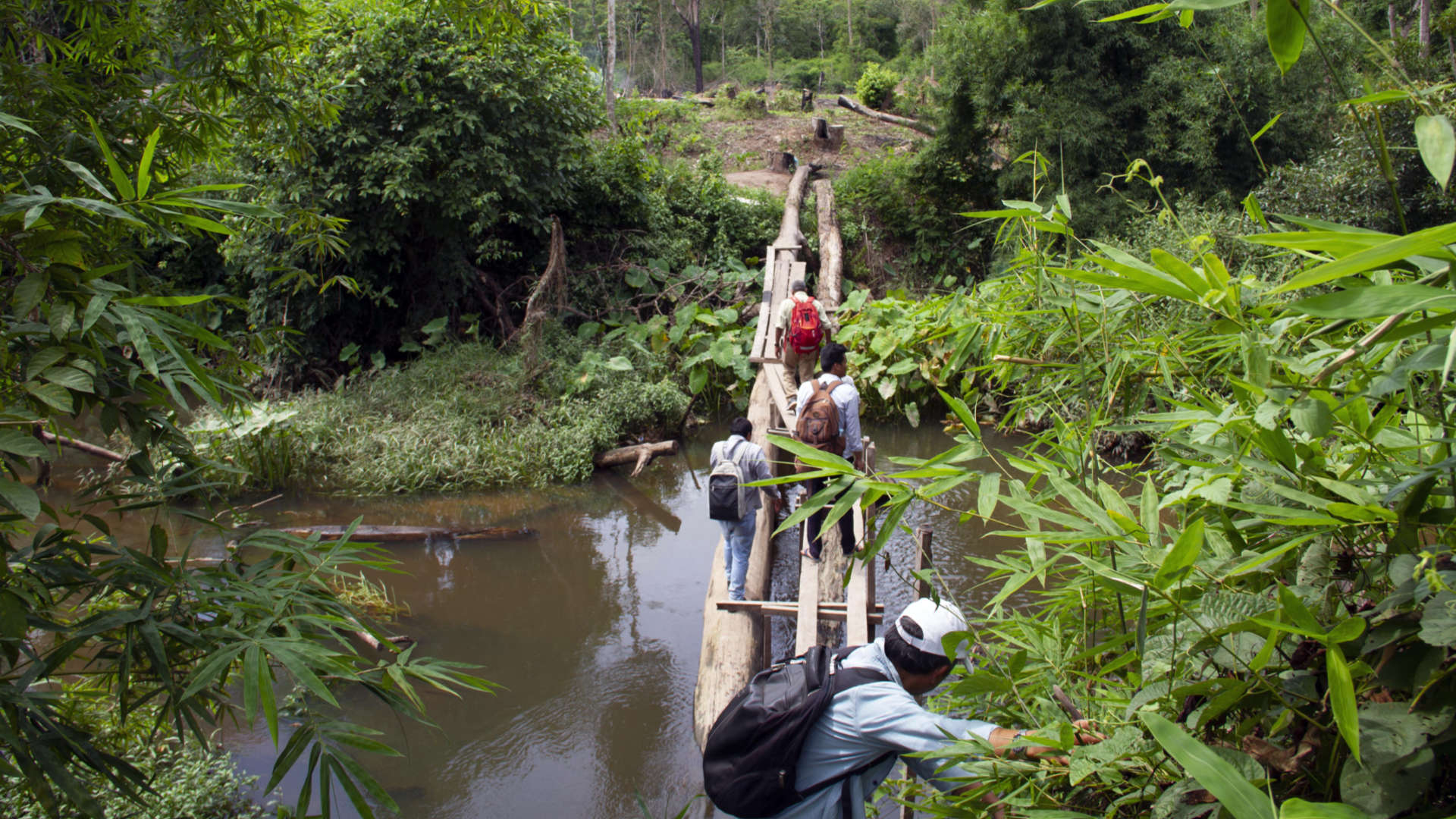A team in Laos using a portable PCR for rapid testing of poultry for detection of novel bird flus. Photo by: Dennis Carroll

Dennis Carroll
Chief Scientist
The following excerpt is taken from an article on Devex that was posted on May 17, 2021.
The ongoing COVID-19 pandemic has laid bare our collective weaknesses to effectively respond to the emergence of a highly contagious and lethal microbial threat. Despite extraordinary advances in science and global health during the past century, we still live in a world wherein a deadly infectious agent can emerge without warning and spread rapidly across the planet.
COVID-19 is only the latest pandemic of an emergent pathogen this century. It probably won’t be the last. During the past 20 years, a number of high-impact pathogens have emerged or re-emerged from non-human animals, including:
- Three new coronaviruses detected: Severe Acute Respiratory Syndrome in 2003; Middle East Respiratory Syndrome in 2012; and COVID-19 virus;
- A number of highly pathogenic influenza A viruses, including: H5N1 in 2003; H7N9 in 2013; the H1N1 pandemic of 2009, commonly known as bird flu,” and
- The continuing rise and spread of Ebola in West and Central Africa since 2013 and the emergence of the Zika virus as a global health emergency in 2016.
For the rest of the 21st century…



